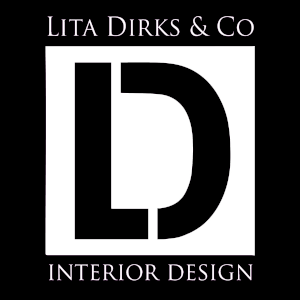Original Article by Lita Dirks & Co.
As the demand for healthier, sustainable living environments surges, new home builders and developers have a unique opportunity to lead the charge in creating wellness-focused communities. We believe that integrating wellness principles into home and community design isn’t just a trend—it’s the future of real estate. Drawing insights from the Healthy Home and Community Design Toolkit program presented at the 2025 International Builders’ Show, here’s how you can craft spaces that resonate with modern homebuyers while boosting your bottom line.

Why Wellness Matters to Homebuyers
Today’s consumers are prioritizing wellness like never before. According to the McKinsey & Company Future of Wellness 2024 Survey, 83% of consumers consider wellness a top or important priority in their daily lives. The Global Wellness Institute’s 2023 Economy Monitor predicts a 15.8% annual growth rate in the global wellness economy through 2028, with wellness real estate growing at an impressive 18.1% from 2019-2023. Homebuyers aren’t just looking for a house—they want homes and communities that enhance their physical, mental, and social well-being.
This shift is clear in consumer preferences. The NAHB SmartBrief 2024 highlights that 30% of builders prioritize creating healthier homes, driven by market demand and the desire to do the right thing. By aligning your projects with these values, you can differentiate your developments in a competitive market.
The Six Domains of Wellness Communities

To meet this demand, consider the six domains of wellness outlined in the toolkit: Social, Physical, Mental, Environmental, Economic, and Civic. These pillars guide the creation of communities that foster connection, health, and sustainability. Here’s how you can incorporate them:
- Social: Design spaces that encourage interaction, like communal parks, gathering hubs, or cultural event venues. Include recreational areas for play and community networks to build support systems.
- Physical: Prioritize walkable layouts, bike paths, and access to fresh food sources. Integrate wellness-focused floor plans with ample natural light and air quality considerations.
- Mental: Create calming environments with green spaces, quiet zones, and access to mindfulness programs.
- Environmental: Use sustainable materials and energy-efficient systems. Opt for low-VOC paints, formaldehyde-free products, and CARB 2-compliant materials to reduce health risks.
- Economic: Design affordable, efficient floor plans that appeal to diverse buyers while maintaining wellness standards.
- Civic: Foster community engagement through spaces that encourage civic participation, like town halls or volunteer centers.
By weaving these elements into your projects, you create communities that not only attract buyers but also command premium value. The toolkit notes that some of the nation’s most thriving communities have achieved financial success through thoughtful wellness integration.
READ MORE

